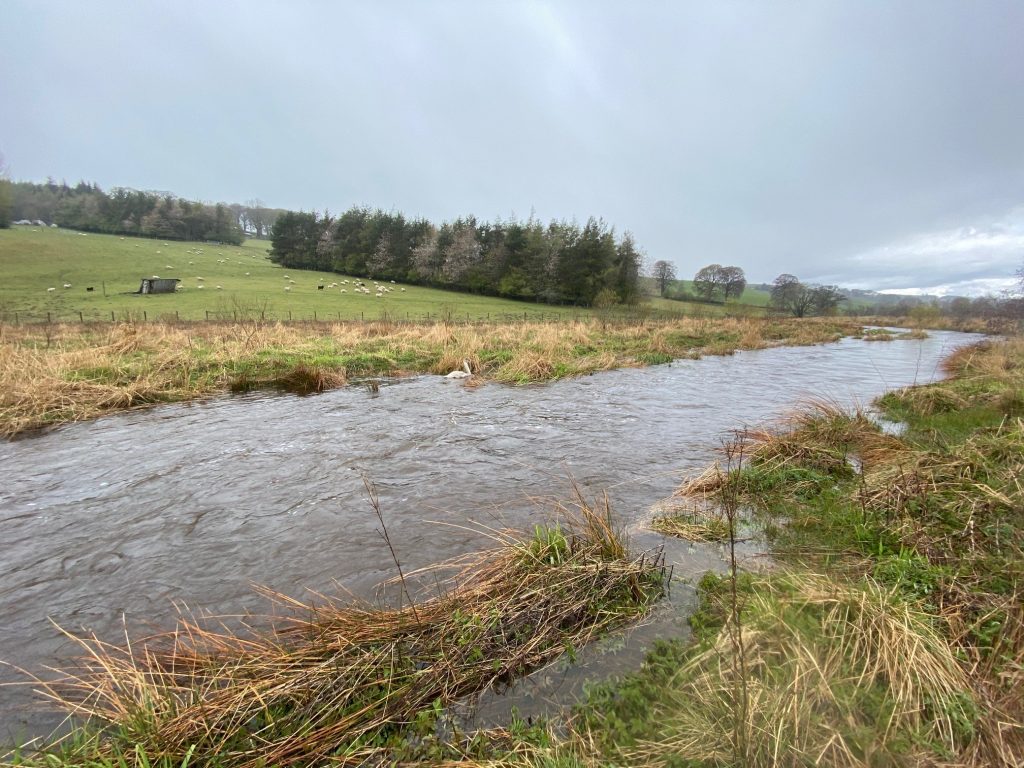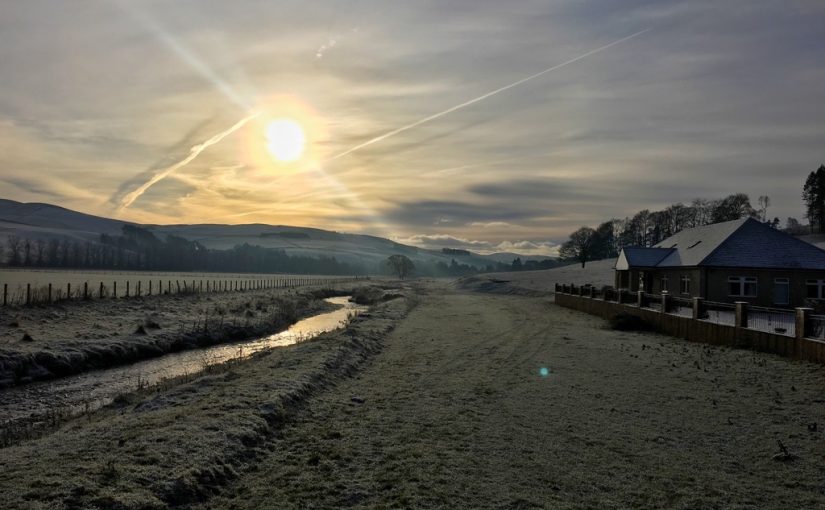
Delighted to see our first Eddleston Water surface water empirical results paper published today in the Journal of Flood Risk Management. To avoid dependency on uncertain flow calibrations in high flow conditions, our paper focuses on hydrological lag as a measure of change. We find that in the upper Eddleston Water and its tributaries, lag times have increased by 2+ hours in catchments with areas up to 26 km2 which have been subject to natural flood management (NFM) using flow restrictors (leaky barriers), ponds and riparian planting and fencing. This extends the range of catchment scales in which NFM may be effective. Meanwhile a further tributary catchment subject to riparian planting and fencing showed no significant change in lag times.
The Eddleston Water Project is a 10-year long, whole catchment project to demonstrate the effectiveness of NFM in the real world – underpinned with empirical evidence. Publication of these results is a key milestone in the project. The combination of record lengths and gauging density makes Eddleston one of the UK’s premier sites for the study of NFM in terms of surface water hydrological change, as well as many other related aspects, including groundwater, channel morphology, ecology and ecosystem services. Our monitoring and analysis are ongoing, with support from the Scottish Government, Tweed Forum, Scottish Environment Protection Agency, Scottish Borders Council, British Geological Survey, Forest Research, Forestry & Land Scotland and research partners. Many thanks to all collaborators past and present for your contributions – this has been a huge team effort!
Read the paper here (Open Access): https://doi.org/10.1111/jfr3.12717
Find out more about the Eddleston Water Project here

